Welcome, this is Gigi. I believe you are here because you have an interest and want to learn about a natural way of preserving foods through a fermentation process. If you’re new to the world of fermentation, love the taste of fermented food, or are a hobbyist who already has had a go at fermenting, this page is for you. It will give you a quick overview of the fermentation process, introduce you to tools that you need to get started and give you inspiration and ideas so you can start making these healthy foods at home.

How did I start eating fermented foods?
Growing up on a farm I was fortunate enough to be introduced to fermented foods from a young age. At our household, my parents used to ferment a large crock of cabbage every year so we all could enjoy homemade sauerkraut throughout the winter. We also enjoyed different types of cheeses from a soft white cheese (similar to ricotta) to hard old cheese (similar to feta). Yogurt and milk kefir were part of our breakfast at least three times a week. Mum made fresh sourdough bread in our wooden oven on a weekly basis. You will agree, I was a spoilt child eating naturally preserved and healthy food.
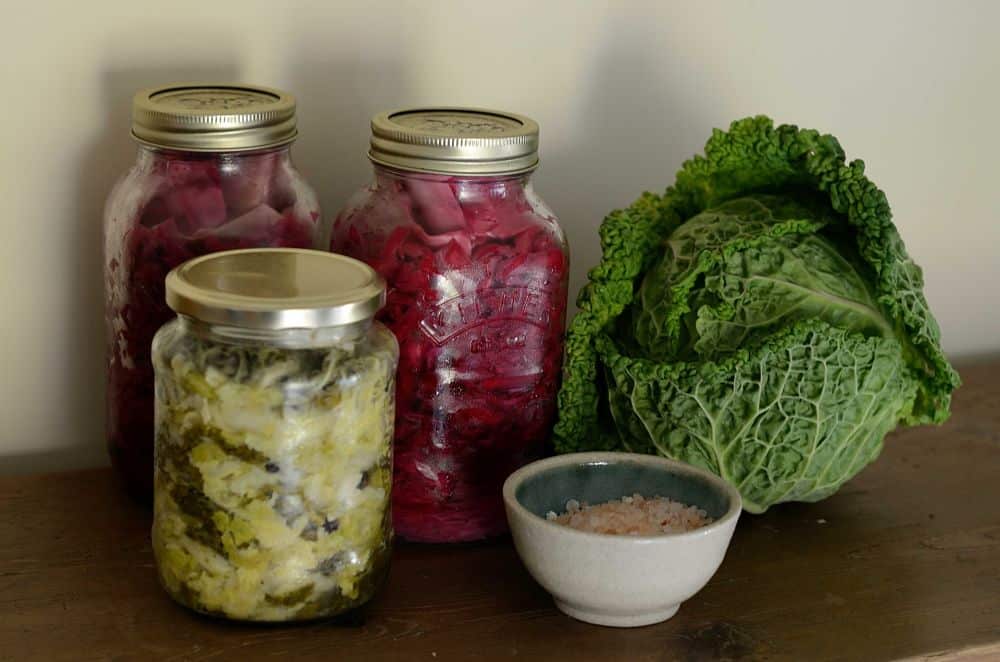
What is fermentation?
Fermentation is a traditional way of preserving foods and enhancing its nutritional content with thousands of years of history. Our ancestors used this ancient method of preserving food to prolong the food shelf life to last them over the cold winter months.
The history of fermentation is not bound to a country but rather is a known way of preserving the food around the world. Commonplace traditions which were passed down from one generation to the next, over the years have been lost due to commercial food production and lifestyle changes. Fermentation is not a fad or a new invention. It is a process of preserving foods which lost its importance due to the commercialization of food production that occurred in our society over the last couple of hundred years.
If fruit juices or sugar solutions are left to stand in the open air, they show after a few days the processes which are covered by the name of fermentation phenomena.” – Eduard Buchner, German Chemist, Nobel Prize Winner for his work on fermentation
I’m sure you already tried at least a few different types of fermented foods in the past. Think about wine, beer, chocolate, sourdough bread, soy sauce, cheese, yogurt, sauerkraut
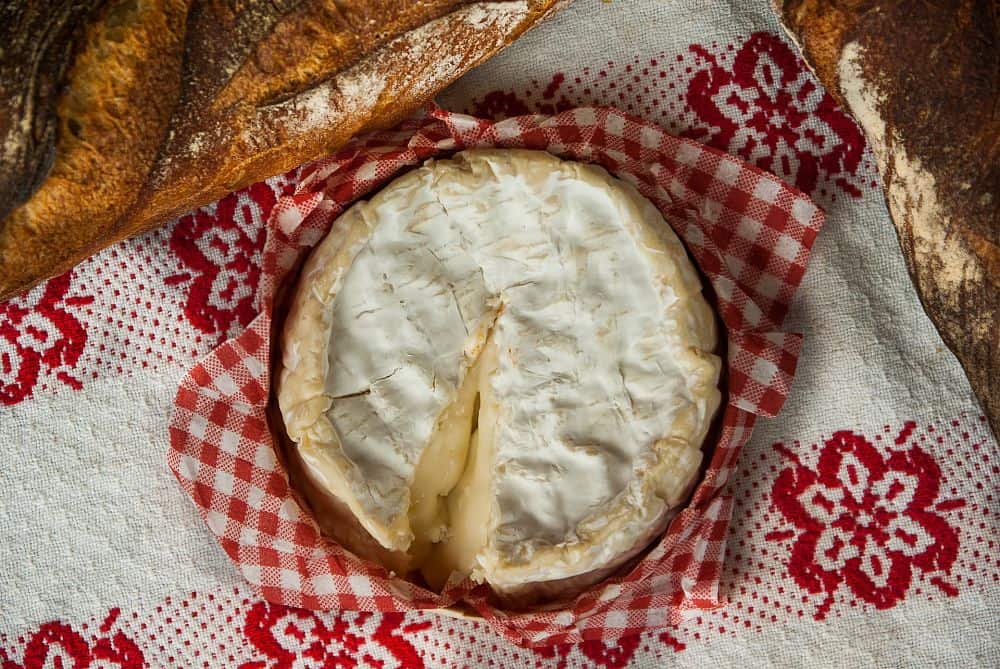
Types of fermentation
There are two types of fermentation including spontaneous fermentation and fermentation using a starter culture.
During the spontaneous fermentation native bacteria, yeast, and molds colonize foods and beverages to be fermented. These native microbes are found in the air, in the environment and in the fresh food themselves. The microbes protect the food from getting contaminated.
The spontaneous fermentation is also known as ‘wild fermentation’ which is a term used by Sandor Katz in the book with the same title (I highly recommend Sandor’s book). With the spontaneous fermentation, the food naturally ferments itself. For instance to make sauerkraut all you need is to shred cabbage, mix with salt and pack into a jar or a crock. After a week or so you can enjoy homemade sauerkraut.
Fermentation equals civilization.” – John Ciardi, American Poet
Some foods to be fermented require use of a starter culture, a microbiological culture which performs fermentation. You may have heard of SCOBY which stands for a Symbiotic Colony of Bacteria and Yeast. As an example to make kombucha, a fermented tea beverage, you need to mix black tea, a culture (kombucha from a previous batch of kombucha tea), sugar and a SCOBY. Within a week you get to enjoy homemade kombucha.
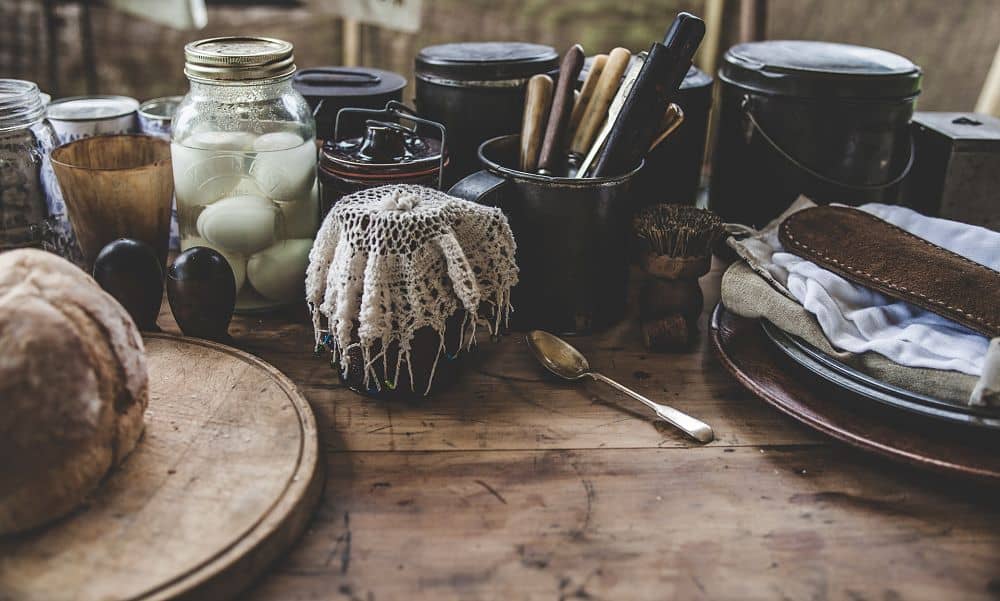
What equipment do I need to make fermented foods?
To ferment food and beverages at home you don’t require specialized equipment. You just need a few cheap tools (that you may already have at home) such as a fermentation vessel which can be as simple as a glass jar with a lid or a ceramic crock. Fermentation weights are required to keep veggies under the brine. You can be creative and replace a store bought fermentation weights with a smaller glass jar filled with water, marbles tied in cheesecloth, a small rock or even a cabbage leaf when making sauerkraut.
One of the most essential tools every kitchen should have is a good quality knife for chopping different vegetables. Chopping is a large part of vegetable fermentation and if you are making larger quantities of sauerkraut, kimchi or similar you don’t want to fall into a trap of seemingly endless chore that sucks out your time.
For making cultured dairy products you will need a strainer and a cheesecloth. You may find these in your local grocery store with more options available through online stores.
Some fermented foods like cheese, natto, koji and tempeh require accurate temperature readings thus a digital thermometer is required. If you are beginner the thermometer will make your life easier.
A pH test strip is handy to have as it gives an accurate digital reading of acidity level of your fermented food. As a beginner, you may not trust your sense of smell and think the food is off when it’s not.
Other equipment includes a chopping board, different size glass bowls and a digital scale which you are likely to have already in your kitchen closet.
When choosing fermentation equipment try to stay away from plastic and metal equipment as those materials can harm your starter cultures and the contact between metal and acidic ferments can be corrosive.
HERE ARE THE TOOLS I USE AND RECOMMEND
How do I make fermented foods?
Making fermented foods is relatively simple and easy. Apart from basic equipment and ingredients, all you need is time and patience.
Captain James Cook was famously credited with conquering scurvy (vitamin C deficiency) by bringing barrels of sauerkraut with him to sea and feeding it to his crews daily.” – Sandor Ellix Katz, The Art of Fermentation
If you’re new to fermentation you may feel like an amateur scientist in the kitchen trying to create the right environment for the food to ferment. You need to keep an eye on the room temperature, ensuring veggies sit under the brine, ferments aren’t exposed to too much sun and undertake regular tasting of the food until the right flavor is achieved. As you become more experienced you will create food that has a more complex and intense flavor. You will start making sauerkraut with caraway seeds, flavoring your water kefir and kombucha with different fruits and spices.
For example, let’s see what it takes to make a single batch of sauerkraut. In a bowl shred 900g of cabbage and add two tablespoons of salt. Pack the mixture into a glass jar or crock, ensure the cabbage is submerged below the brine of cabbage juice. Place a couple of large outer leaves of the cabbage over the surface of the shredded cabbage then place a weighing stone on the top. Cover the jar with a cloth and secure with a rubber band. Keep in away from direct sunlight and within a week you can enjoy your homemade sauerkraut. Still curious? Check out my how to make sauerkraut guide or browse my website to find other amazing recipes.
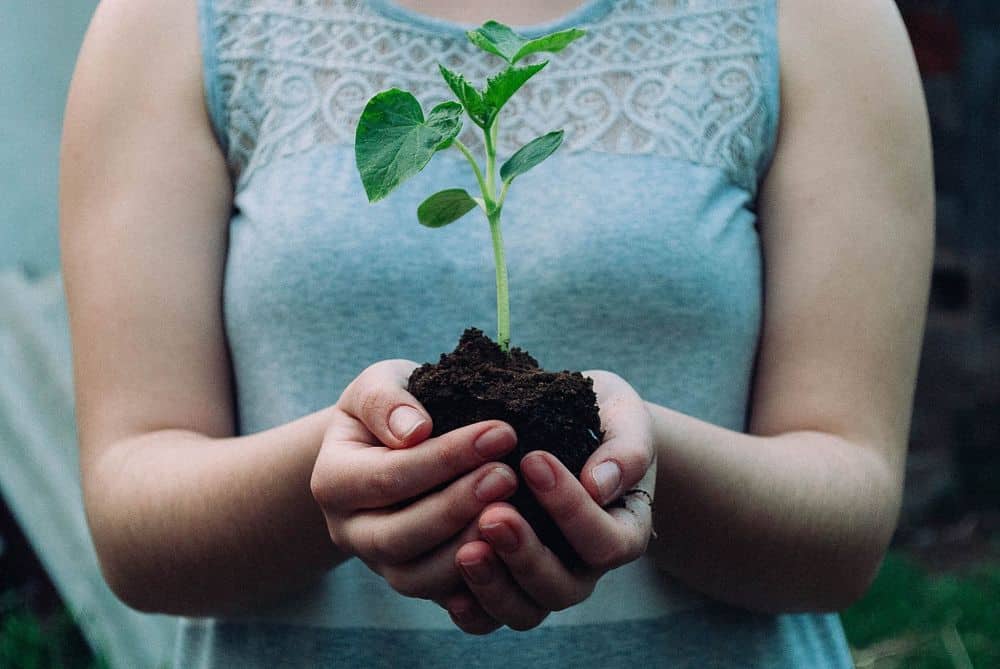
Cost of making fermented foods?
Making fermented foods at home is less expensive than buying them from commercial stores. Use commercial stores as your tasting ground to find your favorite fermented food then start making it at home (once you do make it at home, you will never go back to the commercial stuff. The taste is just sooo much better). Fermented food and beverages usually require one main ingredient like cabbage, soy, loose leaf tea or flour and other simple ingredients like water, salt or water. And for the equipment, you are likely to have all you need in your kitchen closet for your first batch of ferments.
By making fermented foods at home you can save 30% or more over the grocery store prices. For instance, I did a price comparison between store-bought and homemade sourdough. The cost can be even smaller if you purchase flour in larger quantities. Check out my simple and quick recipes on how to make a sourdough starter and sourdough bread at home.
From the store: $3.45 (this is an average price however it can cost up to double if get the bread from an artisan bakery and with organic flour).
Make your own: $1.70 ($1.50 average cost of flour to make a 24oz loaf plus $0.2 for a teaspoon of salt).
Timewise, on average you can make a fermented food or beverage within 30 minutes. You will need to allow a few days or a couple of weeks before the food is fermented and it can be consumed. Creating the right environment is always the first challenge beginners face and that’s why I’m here to help you pass your first obstacle and share my knowledge and experience.
Sign up for my newsletter to receive recipes and tips and tricks for making fermented foods.
You will agree that the time and money required to make your first batch of your favorite ferment is trivial.

Why should I eat fermented foods?
Fermented foods are simple and healthy foods which are free from preservatives, additives and artificial colors. They are natural probiotics and are rich in minerals and vitamins. Some of the main health benefits of fermented foods include its power to boost our immune system, improve our digestive system, improve gut health, reduce allergies and act as a shield for different types of diseases.
Fermented foods are also suitable for people with different dietary requirements. Vegans can enjoy cultured raw vegetables like sauerkraut, kimchi, tempeh, miso, natto and cultured beverages like kombucha, water kefir and others. Vegetarians in addition to vegan fermented foods can also enjoy dairy cultured milk products like yogurt, kefir, cheese and others.
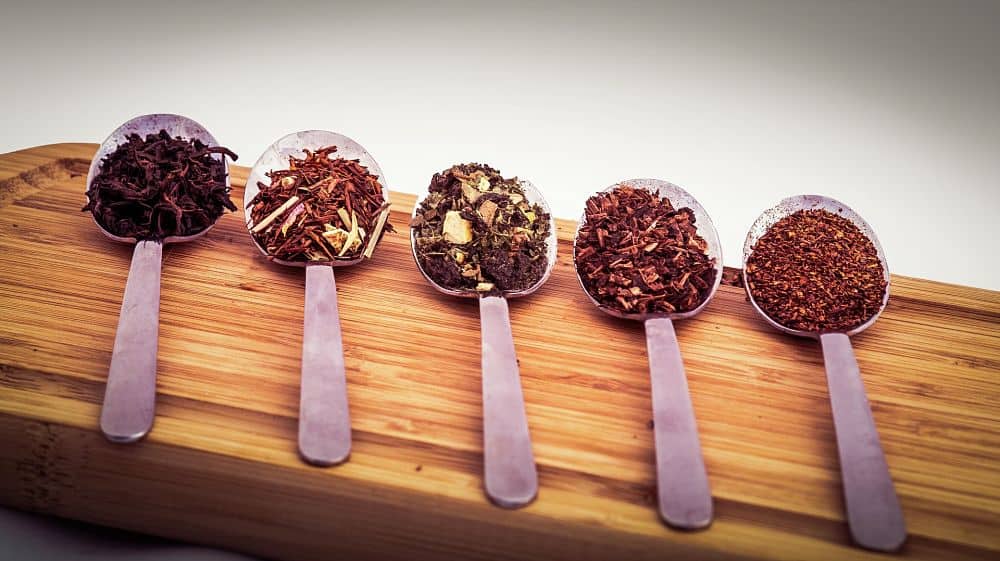
Where from here?
My aim is not to reinvent the wheel but to re-introduce you to as many delicious fermented foods and beverages that our ancestors created and enjoyed. I will share lots of delicious fermented food and beverages recipes which you can incorporate into your diet. I would also like to hear your experiences so feel free to comment on my posts.
Keep in mind fermentation is art so be creative and patient and you will be making the best ferments in no time which will be loved by you, your family and friends. Enter the world of fermentation and you will never feel alone in the kitchen again.

Leave a Reply